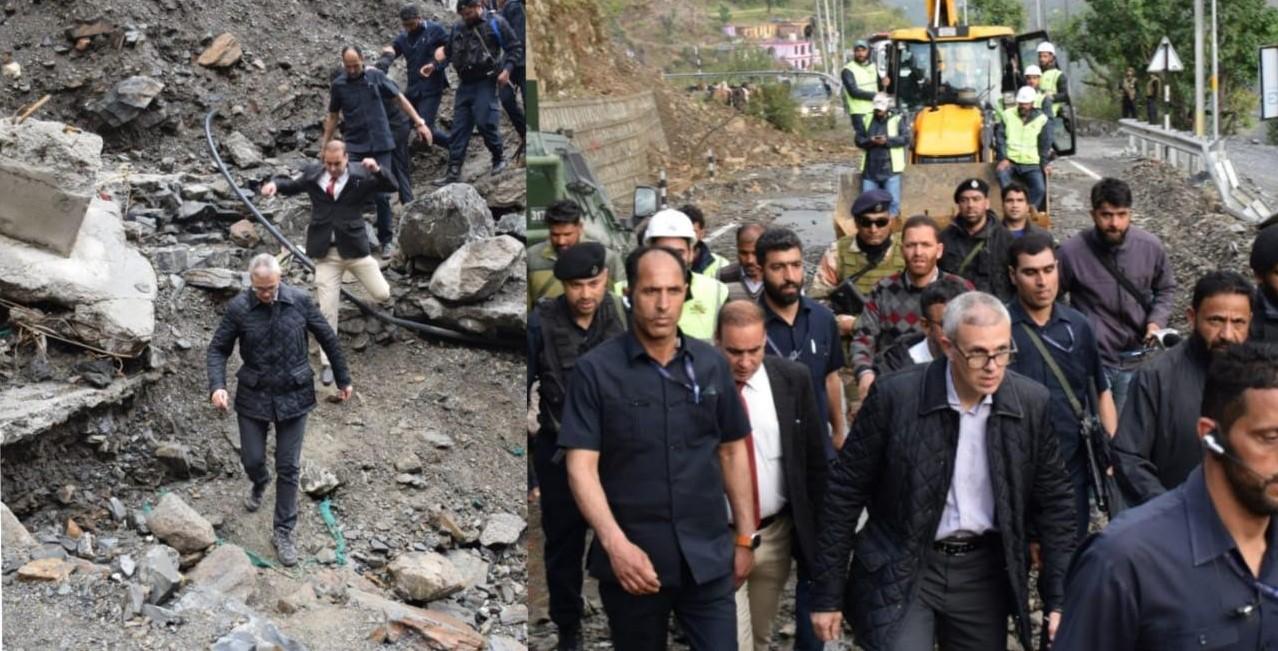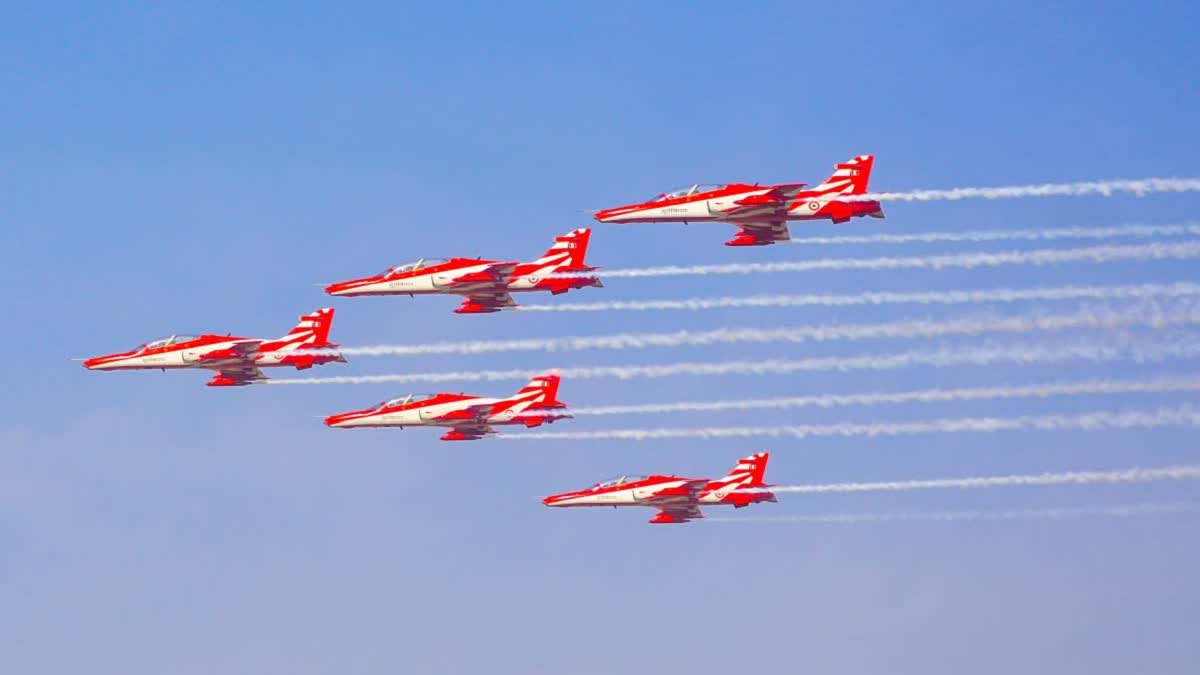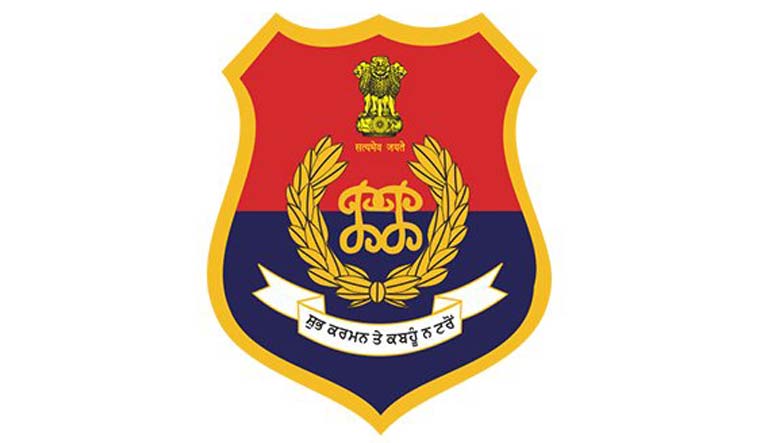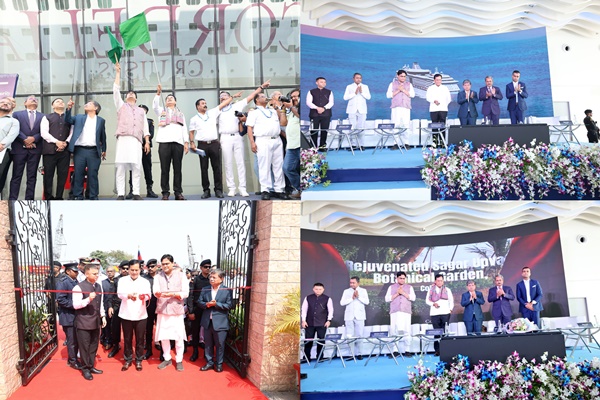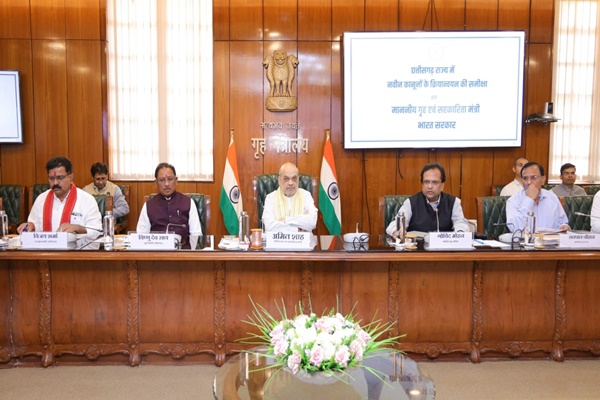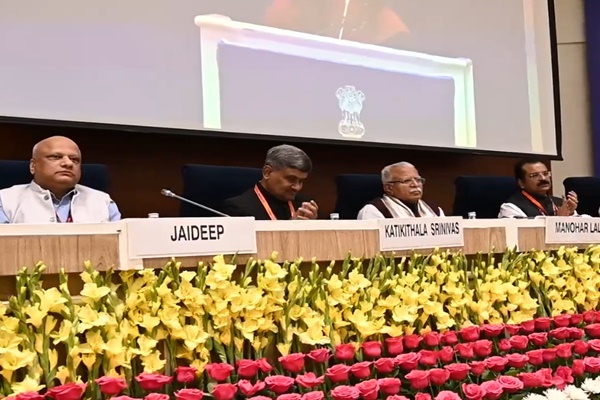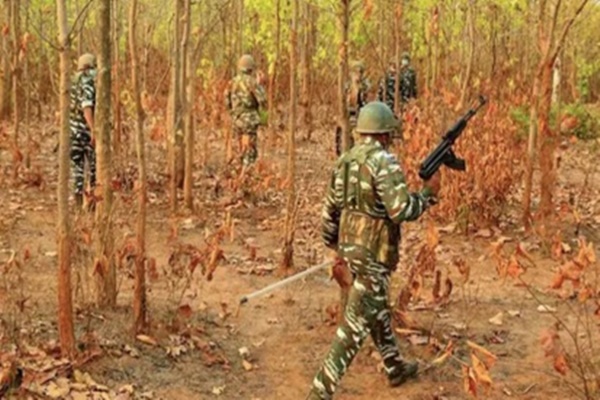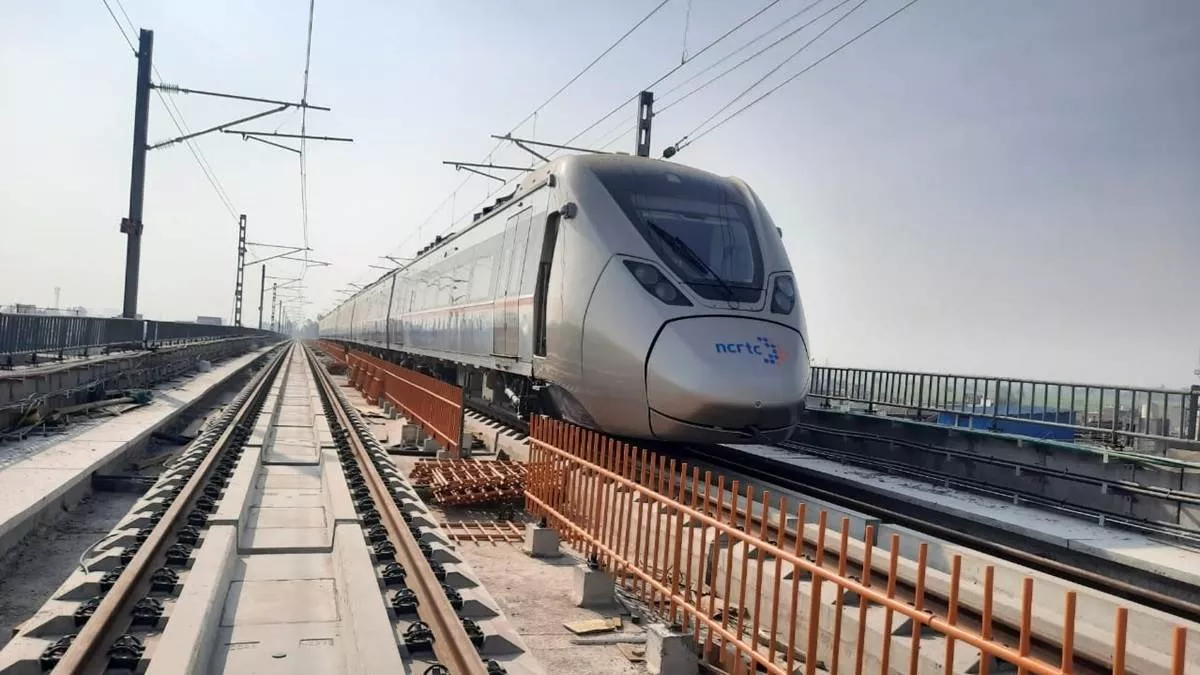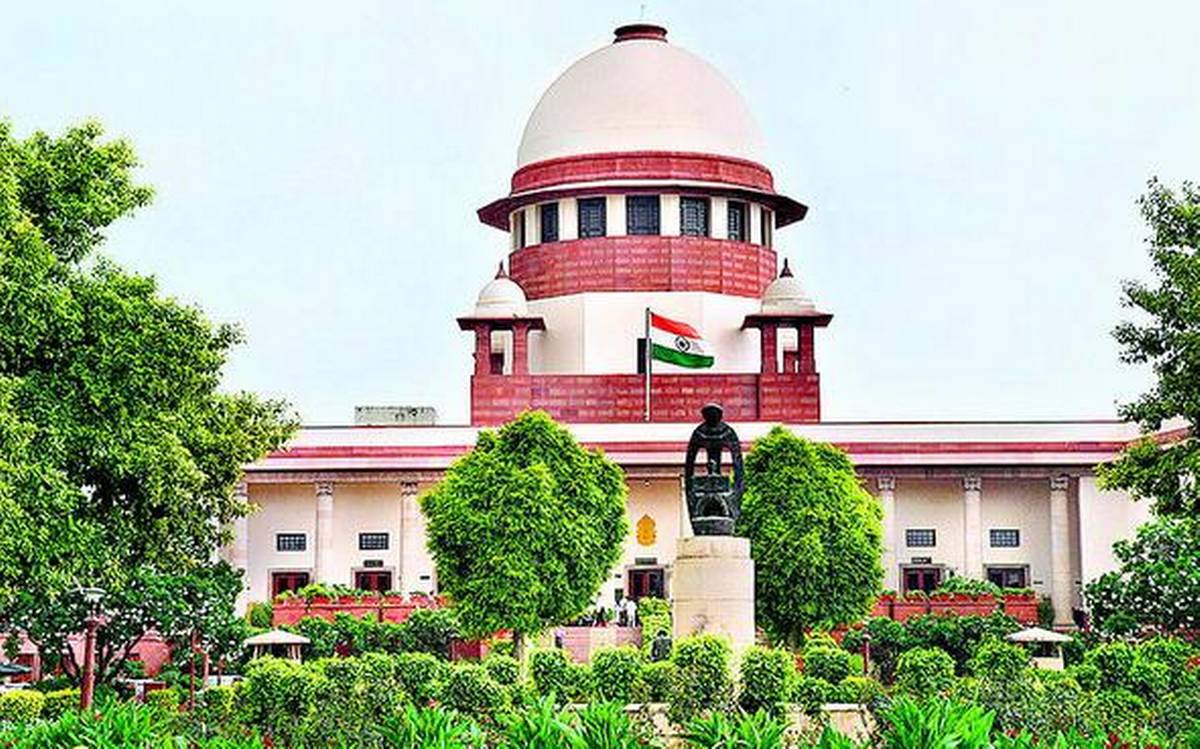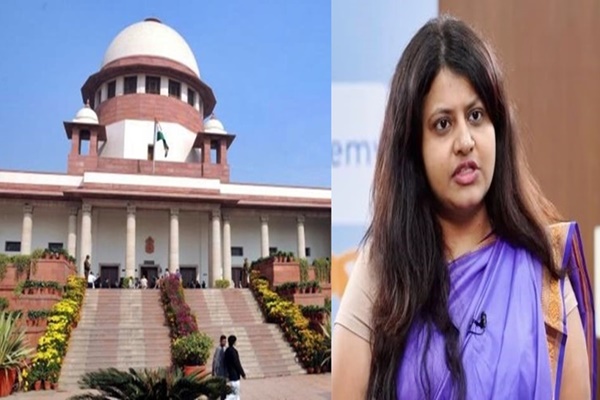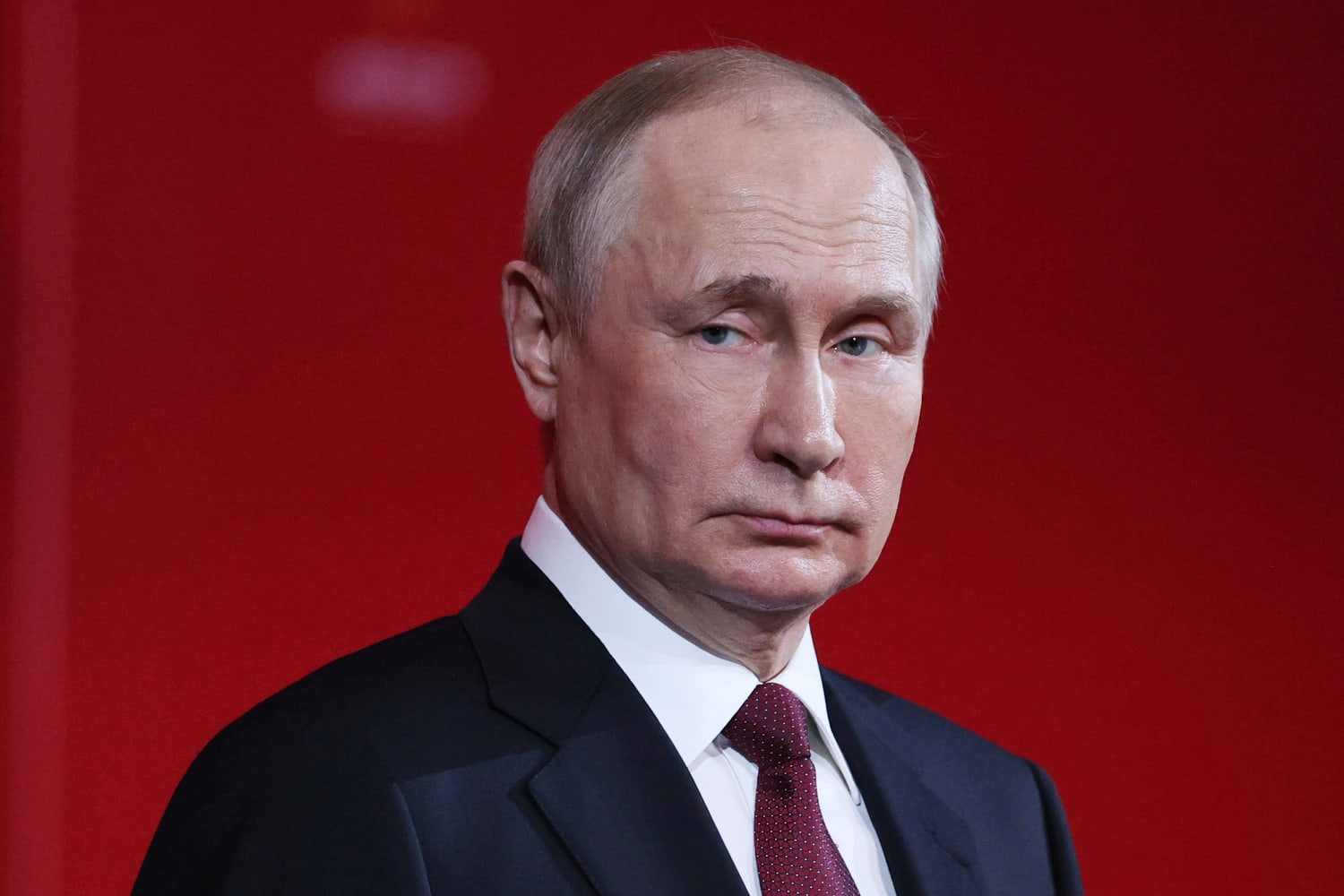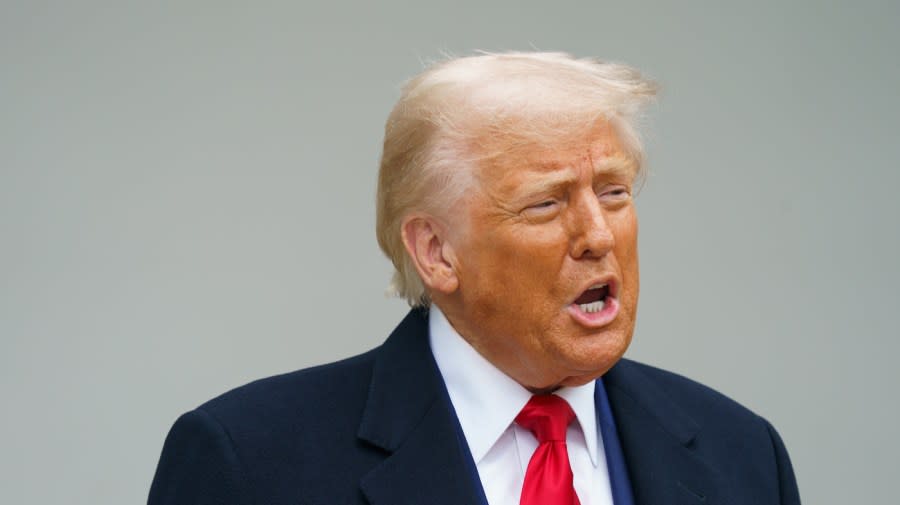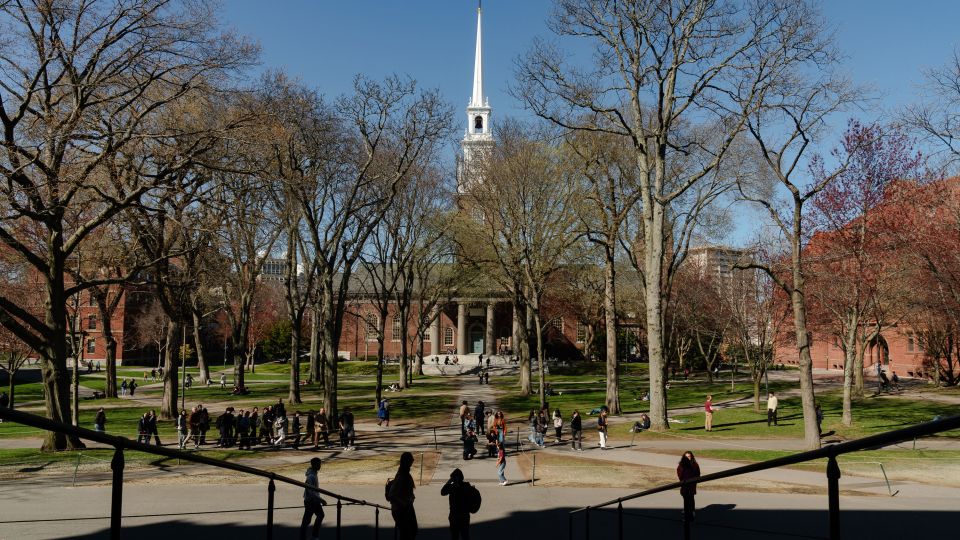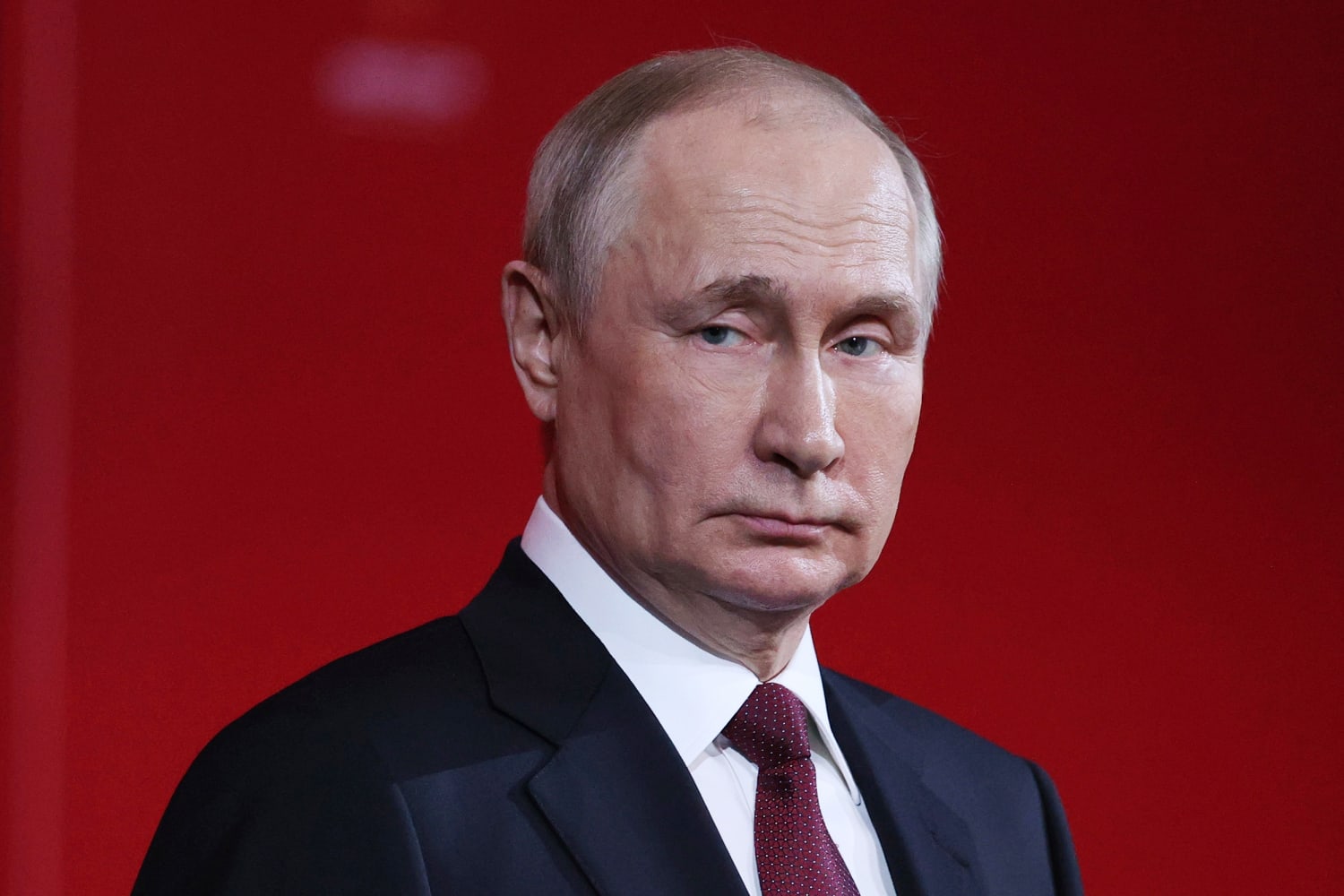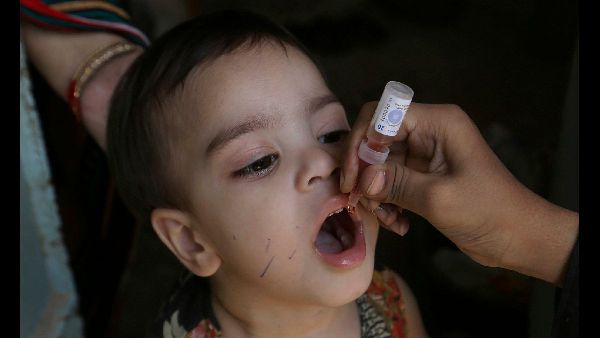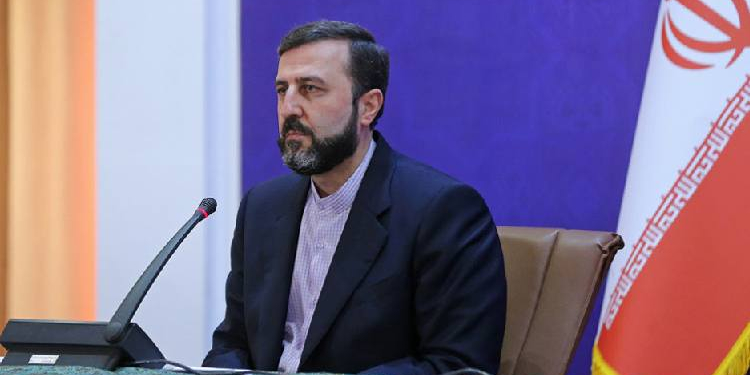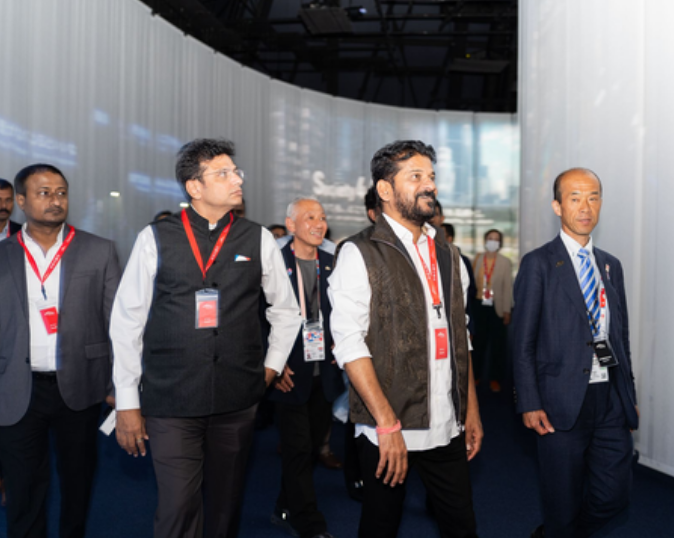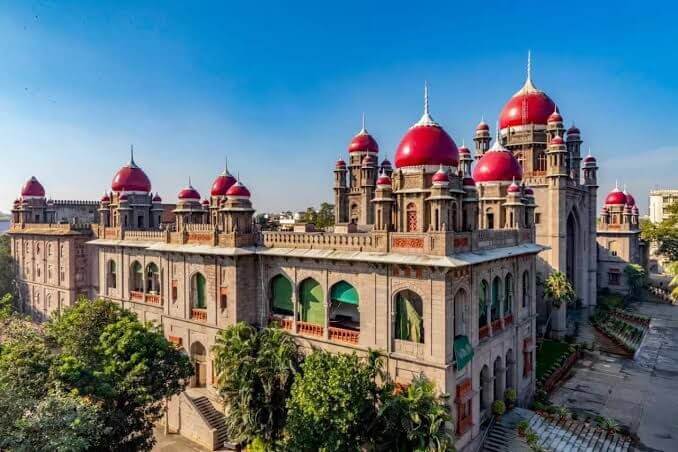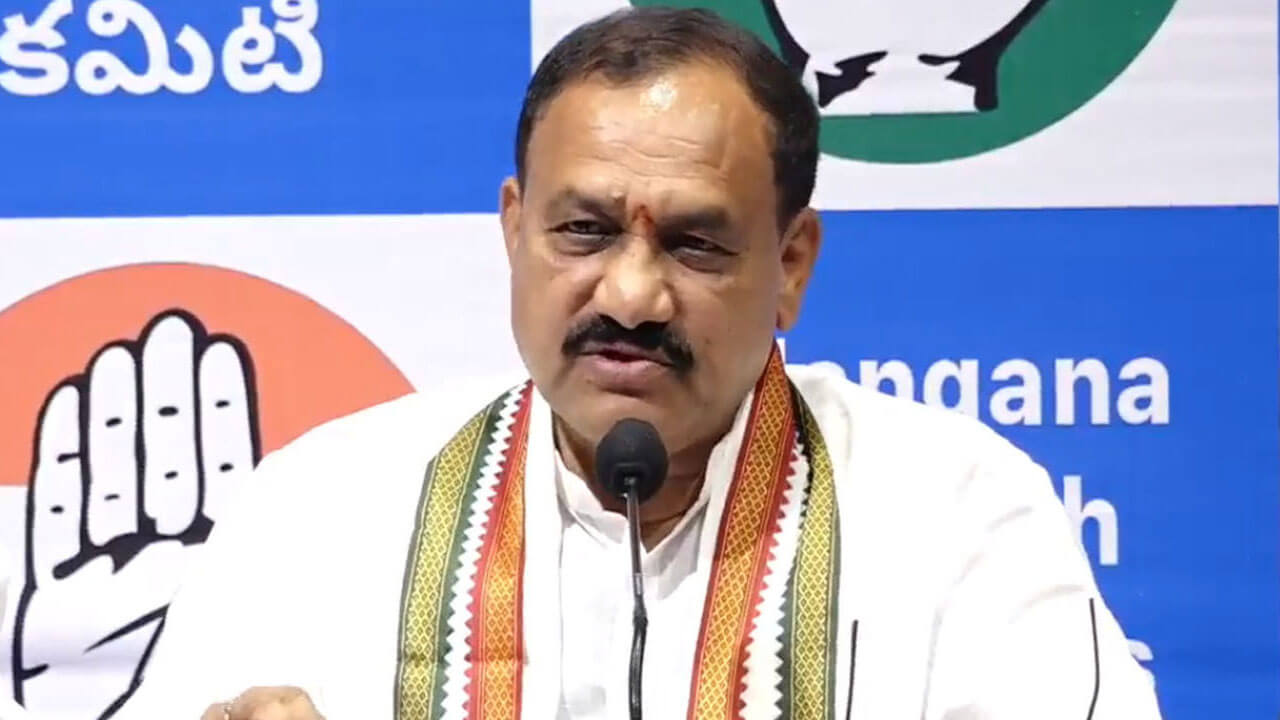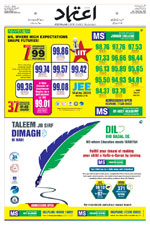After massive violence follows Ram Rahim rape verdict, Army given free hand to use force
Fri 25 Aug 2017, 21:10:12

The Indian Army - that has deployed ten columns in Haryana and Punjab to quell the violence that followed the conviction of self-styled god-man Ram Rahim- has been given a "free-hand" to "use force when necessary" to deal with the violence whenever deployed.
This is vastly different to the "rules of engagement" that was handed to Army when it was deployed in Haryana during the 2016 Jat agitation. Importantly, this time the army will not use placards to identify itself.
Ten columns of the Indian Army - each comprising 80 soldiers each - have been deployed. Six columns have been deployed in Punchkula, two in Sirsa both in Haryana. Two columns have been deployed in Punjab- one in Muktsar and Mansa each.
During the 2016 Jat agitation the army was forced to use placards to differentiate itself from the other para-military forces for the benefit of the general public. Video clips of army columns being forced to withdraw during the 2016 Jat agitation circulated through the
social media had raised eyebrows in South Block. The army also faced criticism. The Army too had expressed its displeasure at the manner its operations were restricted and raised the issue with South Block after the agitation subsided.
social media had raised eyebrows in South Block. The army also faced criticism. The Army too had expressed its displeasure at the manner its operations were restricted and raised the issue with South Block after the agitation subsided.
"Placards will not be used this time. The army will go in when required and use force when necessary to restore law and order," a senior Ministry of Defence (MoD) official told India Today.
"The army has a common procedure for dealing with law and order situation which is well documented based on instructions," senior Army official said.
The army has been kept on stand-by in pockets identified as "sensitive." Joint Control rooms - Army and Police - have been activated for faster and better flow of information, sources said.
"The military is called in to restore law and order when all other arms of the state have failed, the army therefore must be given a free hand to use force when necessary," sources said.
No Comments For This Post, Be first to write a Comment.
Most viewed from National
Most viewed from World
AIMIM News
Latest Urdu News
Most Viewed
May 26, 2020
Do you think Canada-India relations will improve under New PM Mark Carney?
Latest Videos View All
Like Us
Home
About Us
Advertise With Us
All Polls
Epaper Archives
Privacy Policy
Contact Us
Download Etemaad App
© 2025 Etemaad Daily News, All Rights Reserved.

